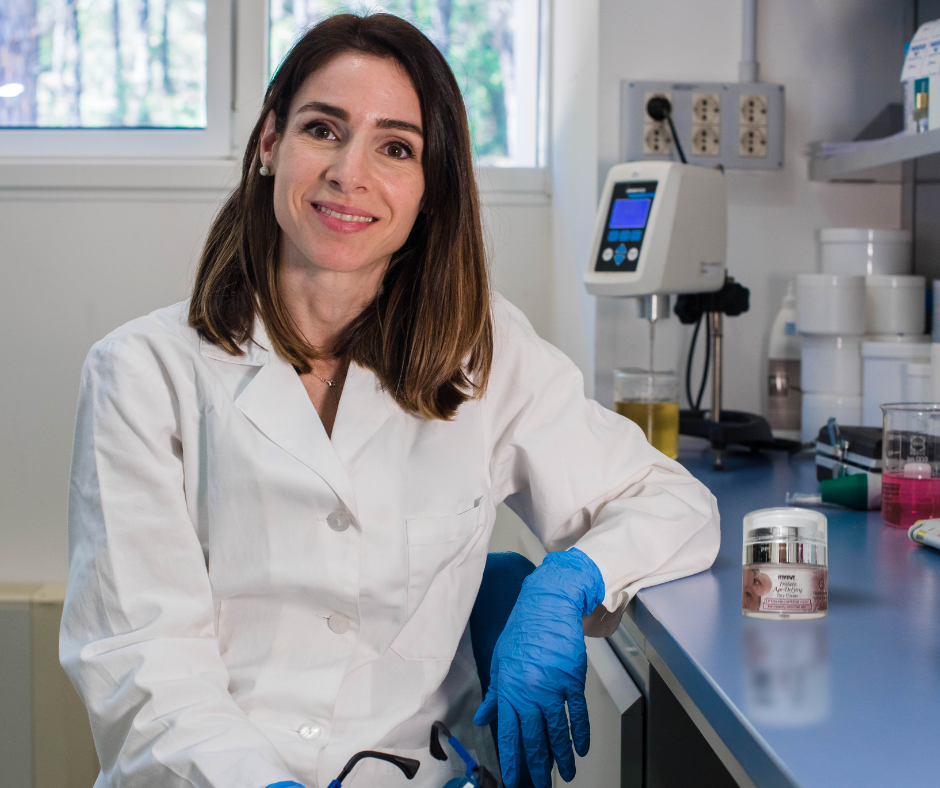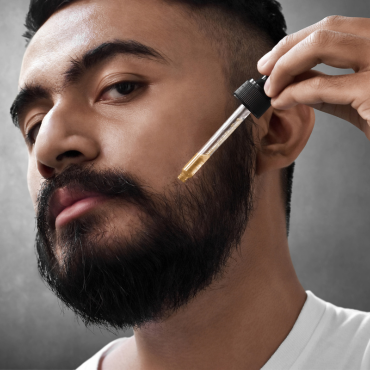How do you turn a homemade recipe into a stable, safe and marketable product? In this part of NSL Cosmetics' little formulation school, we focus on the basics of how to build a professional formula – and how to get started writing your own!
What is a cosmetic formula?
A formula is not just a recipe – it is a carefully structured document with ingredients listed in weight percent (w/w%) and divided into phases depending on their properties and function.
What does w/w% mean?
w/w% stands for "weight by weight percent". Each ingredient is given as a percentage so that the total always equals 100% . This makes it easy to scale up or down a recipe whether you want to make 50g or 5kg.
For example:
-
Glycerin – 3%
-
Hydrolate – 70%
-
Emulsifier – 5%
-
Oils – 15%
-
Preservation – 1%
-
Remainder: other active or adjusting substances up to 100%
Phases A, B and C – how to structure your formula
Ingredients are divided into different phases depending on when they are to be mixed into the formulation process:
-
Phase A (aqueous phase): Hydrolates, water-soluble substances, glycerin, thickeners that dissolve in water, etc.
-
Phase B (oil phase): Vegetable oils, fats, oil-soluble vitamins, emulsifiers that require heating, etc.
-
Phase C (cold phase): Heat-sensitive ingredients such as essential oils, preservatives, active ingredients such as niacinamide, hyaluronic acid, fragrance, color, etc.
In some cases, you may also have:
-
Phase D: Powders that are mixed in last, exfoliating particles, or substances that require separate solution before being mixed in.
Knowing which phase an ingredient belongs to requires you to read up on each raw material – for example, whether it is heat sensitive or soluble in water or oil.
How to write a formula
-
Start by listing all ingredients in percentage by weight.
-
Divide the ingredients into phases A, B, C (and possibly D).
-
Check that the total is exactly 100%.
-
Print the order in which the phases should be mixed:
-
Heat A and B separately to the same temperature (if required), mix together.
-
Let cool to about 40 °C.
-
Add the C phase (and possibly the D phase) while stirring.
-
Here is an example of what a formulation sheet looks like.

Summary
Going from a DIY recipe to a professional formula is all about structure, precision and understanding . By writing down your ingredients in weight percentages, dividing them into the right phases and following a logical mixing order, you build a formula that can be reproduced, improved and scaled up.
Do you want to delve further into cosmetics development? Continue to follow NSL Cosmetics' little formulation school – and feel free to subscribe to our newsletter for more knowledge, inspiration and DIY recipes!
With a passion for natural beauty,
NSL Cosmetics







Leave a comment